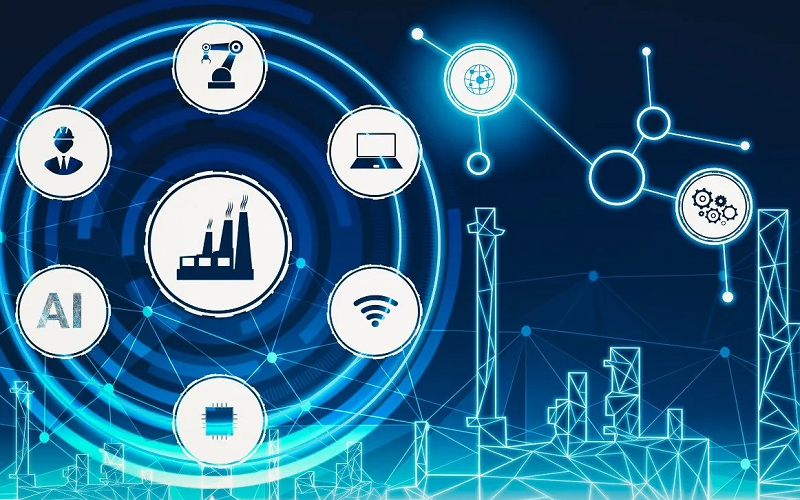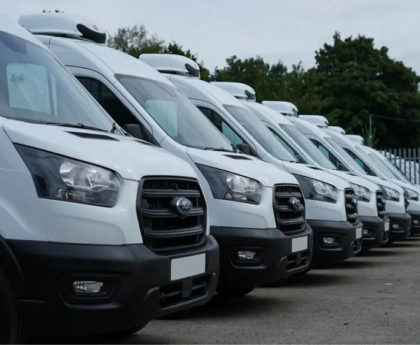The Industrial Internet of Things (IIoT) is transforming industries worldwide by connecting machines, sensors, and devices to the internet, enabling unprecedented levels of data collection and analysis. This technology is revolutionizing how businesses operate, making processes more efficient, cost-effective, and smarter. Here’s an easy-to-understand overview of the key aspects of IIoT and its impact on modern industries.
What is Industrial IoT?
Industrial IoT refers to the use of internet-connected devices in industrial applications. These devices collect and share data to optimize manufacturing and industrial processes. Unlike consumer IoT, which focuses on everyday applications like smart home devices, IIoT is specifically geared towards industries such as manufacturing, energy, transportation, and agriculture.
How Does IIoT Work?
IIoT systems consist of sensors, devices, and software that work together to collect, analyze, and act on data in real-time. Here’s a simple breakdown of the process:
- Sensors and Devices: These are installed on machinery and equipment to gather data. Sensors can monitor a variety of conditions, including temperature, pressure, humidity, and vibration.
- Connectivity: The data collected by sensors is transmitted over the internet to a central system. This connectivity can be achieved through various means, such as Wi-Fi, cellular networks, or dedicated industrial communication protocols.
- Data Processing: The central system, often a cloud-based platform, receives and processes the data. Advanced analytics and machine learning algorithms can be applied to make sense of the vast amounts of data.
- Actionable Insights: Based on the analyzed data, actionable insights are generated. These insights can be used to optimize operations, predict maintenance needs, reduce downtime, and improve overall efficiency.
Key Benefits of IIoT
- Increased Efficiency: By providing real-time data, IIoT allows for more efficient management of resources and processes. This leads to faster production times and reduced waste. You can utilize softwares like Controlio for employee tracking.
- Predictive Maintenance: IIoT enables predictive maintenance by monitoring equipment health and predicting failures before they occur. This helps in avoiding costly downtime and extending the lifespan of machinery.
- Improved Safety: IIoT can enhance workplace safety by monitoring environmental conditions and machinery health, ensuring that potential hazards are identified and mitigated promptly.
- Cost Savings: By optimizing operations and reducing downtime, IIoT helps businesses save on operational costs. Energy consumption can also be monitored and reduced, leading to further cost savings.
- Better Decision-Making: The data collected and analyzed by IIoT systems provides valuable insights that support informed decision-making. This data-driven approach helps businesses adapt quickly to changing conditions and market demands.
Applications of IIoT
- Manufacturing: In manufacturing, IIoT is used for process optimization, quality control, and inventory management. Smart factories leverage IIoT to automate and streamline production processes.
- Energy Sector: IIoT is crucial in the energy sector for monitoring and managing energy production and distribution. It helps in optimizing energy consumption and integrating renewable energy sources.
- Transportation and Logistics: IIoT improves supply chain management by providing real-time tracking of goods and optimizing routes for transportation. This leads to more efficient logistics operations.
- Agriculture: In agriculture, IIoT is used for precision farming. Sensors monitor soil conditions, weather, and crop health, enabling farmers to make data-driven decisions to enhance crop yields.
Challenges and Considerations
Despite its benefits, IIoT comes with challenges such as data security, integration with existing systems, and the need for robust infrastructure. Ensuring the security of data and devices is paramount, as cyberattacks on industrial systems can have severe consequences.




